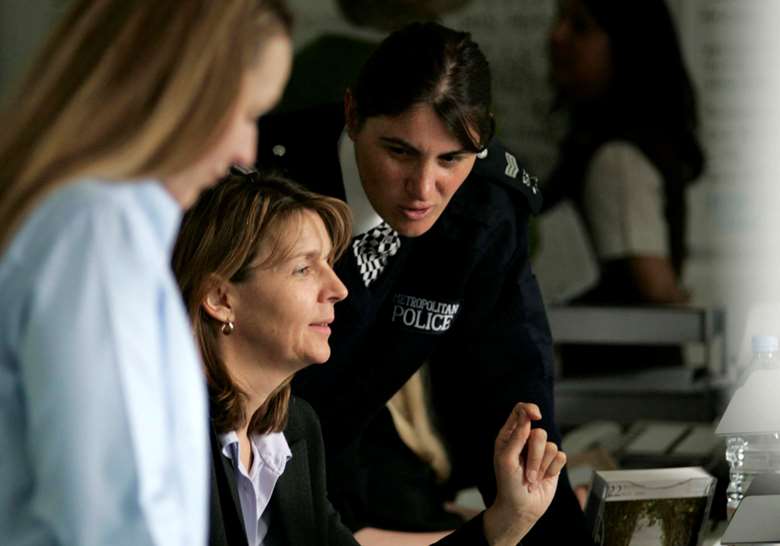Young CSE perpetrators 'likely to display sustained general criminality'
Tristan Donovan
Tuesday, February 27, 2018
Young people who sexually exploit children often show signs of general criminality and deviant behaviour, a study has suggested.

Research by the Centre of Expertise on Child Sexual Abuse examined the case histories of 14 young people thought to have engaged in child sexual exploitation (CSE).
It found that all 14 appeared to have attitudes and beliefs that support general criminality and rule breaking with little regard to the needs of others. The study said the findings indicate that adolescent CSE perpetrators "are a very generally deviant group with disinhibited, chaotic and non-boundaried non-sexual behaviours".
The study said this finding could have significant implications for CSE intervention and prevention work since it may mean it is appropriate to focus on addressing the "criminogenic factors" associated with general offending.
The research also highlighted that while the political and media focus has been on adult perpetrators of CSE, young people accounted for around 60 per cent of suspected perpetrators identified in the past two years by the multi-agency service in North East England that provided the study with the young people's case histories.
Other findings included that young people were just as likely to commit offences online or in person - there was no strong evidence that they "progress" from grooming children via technology to carrying out exploitation and abuse in person.
"It appears that an underlying propensity for deviance and antisocial behaviour meant that many of the young people were highly motivated towards deviant sexual acts across settings in both the online and offline environments," said the report.
"Another interesting tentative finding from the study," it added, "is that, for some young people, more general harmful sexual behaviour against younger children earlier in childhood appeared to become generalised towards more pervasive CSE behaviours in later adolescence against teenaged girls."
The study also raised questions about the separation of CSE and harmful sexual behaviour (HSB). While all 14 of the young people studied fitted the definition of HSB it was less clear if they met the definition of CSE because a form of exchange between them and their victims was not always evident.
The difficulty in separating CSE and HSB "raises questions about the present inadequacy of using distinct sets of language and concepts and service frameworks to respond to the problem of transgressive sexual behaviour in adolescence", it concluded.
However, the study noted that the small sample size meant that more detailed research into a larger group of young people is necessary to test its findings further.
All 14 of the young people examined for the study were white British males aged 14 to 21. Of these, 10 had experienced domestic violence, physical abuse, sexual abuse or neglect but this rate was lower than other studies of HSB among young people have suggested.
The Centre of Expertise on Child Sexual Abuse was launched last year to gather and share evidence of what works in preventing CSE.
It is run by children's charity Barnardo's and is backed with £8m of Home Office funding until March 2020.
- The March edition of CYP Now features a Child Sexual Exploitation Special Report




